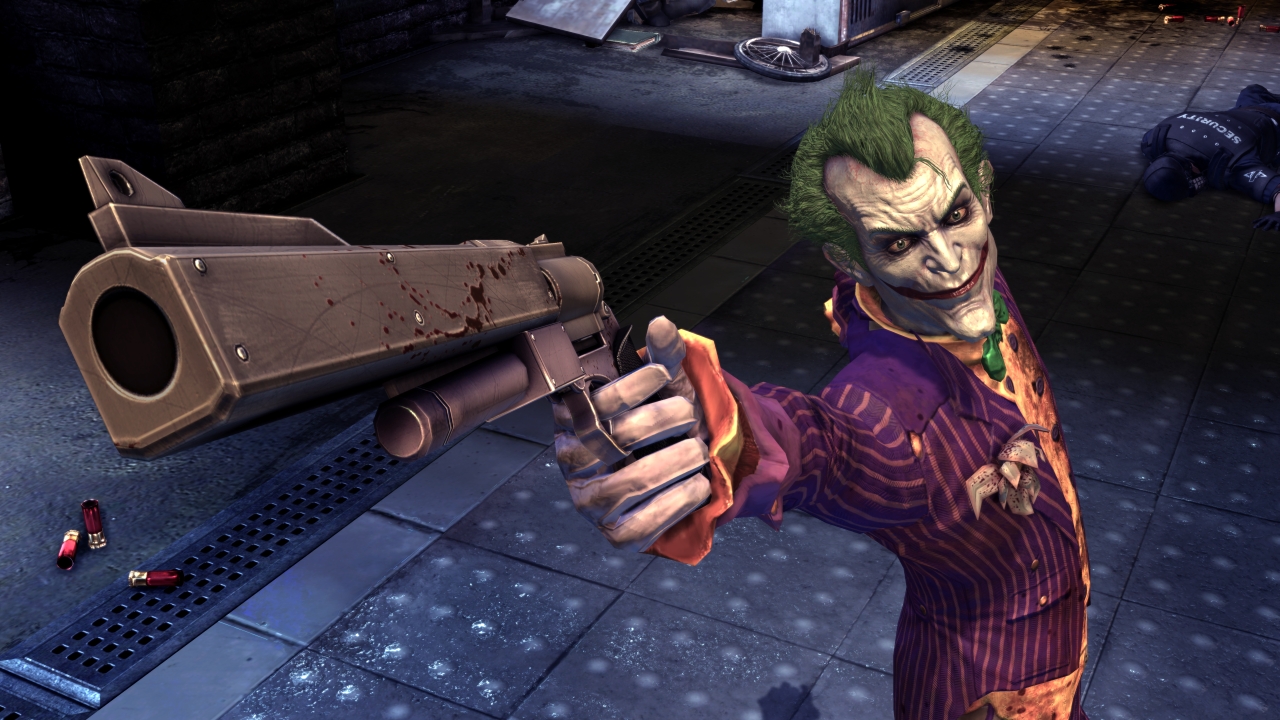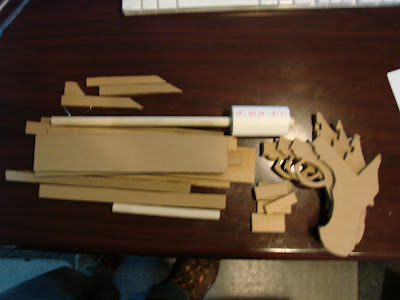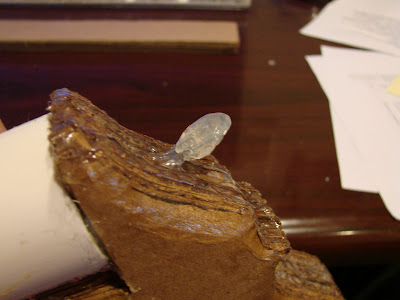My cosplay group has a few Dragon Age costumes, and we're always looking to expand to include as many of us as possible. For Chicago Comic & Entertainment Expo(C2E2) of this year, my friend Nick decided he wanted to join us as Sebastian Vael, the Prince of Starkhaven from Dragon Age II. Long story short, Nick wanted to make the costume, but since he commissioned the plate armor from a friend, he didn't have the money to buy metal scales off of The Ring Lord, so he was going to go with this awful insulation...stuff. I didn't want that to happen, so I opted to take on the task of hand-making all of his scales, as well as attaching them to a coat for him. Knowing cardboard better than any other material, I nabbed some boxes being tossed out at work, and went to work on making some scale armor.
...the things I do for cosplay...
So here's the scale armor I needed to replicate:
Luckily, my girlfriend had a small box of scales from The Ring Lord, so I grabbed a few to use as a template, and began the tedious process of tracing out 2,300 scales onto cardboard, cutting them out, and punching a hole through each one.
So here's my basic process from left to right:
Then it's just a matter of repeating...hundreds and hundreds of times...
The process, as you can guess, is extremely maddening... It's good to keep an optimistic attitude about yourself:
I need to get this bag of scales arranged neatly onto this...or...well, a section of it:
So, as I was running out of time, I hunkered down with some fishing line and some ribbon and crewel needles, and just started hand-stitching them onto the coat as best I could:
Something like eighty hours of work, and 2,100 scales later, I was nearly out of time for C2E2. I didn't intend for it to take as long as it did, but I was relieved to be done with the thing. Nick works at a place that has a spray booth, so we picked up some primer, automotive aluminum, and a can of clear coat, and headed over:
And, in typical idiot fashion, I act like a goofball on camera. I was so happy to just be done with the thing, though.
From here, it was Nick's job to finish off the scale mail. He decided to finish it off in the hotel room of the convention:
While we didn't get everything completed in the way we wanted, the costume came together fairly decently. We'll be touching things up and improving them before each new event Nick wears his Dragon Age costume to, so we're far from leaving the costume the way it is:



















































